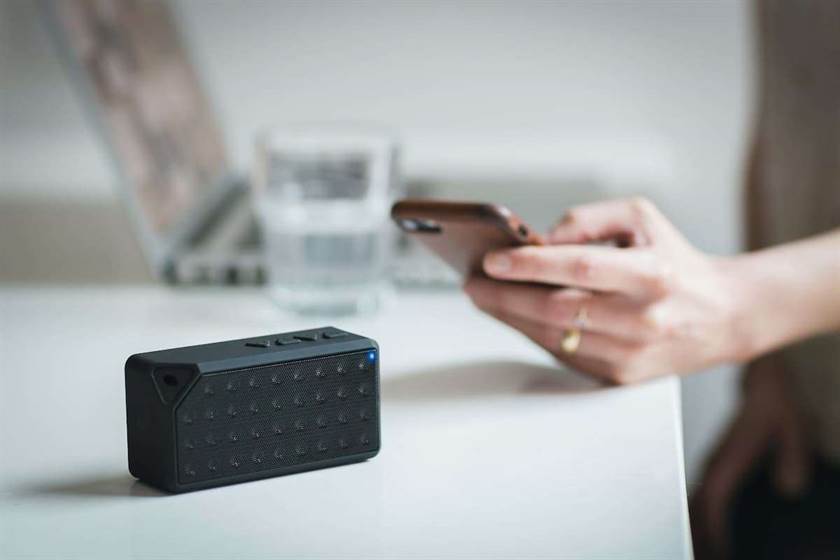Only certain data may leave the system, while other data must remain in the edge device. To ensure this, the integrity of the edge devices is checked continuously. Monitoring is carried out in particular to check whether its system software has been manipulated. The originality of planned updates of the system software must be verified.
Make calls to mobile devices and landlines through Microsoft Teams with Operator Connect. A group of cars or trucks can travel close behind one another in convoy, saving fuel and decreasing congestion. Only the first vehicle will require a driver as the remaining cars can follow the first one and communicate without latency. This benefit is vital for industries that require quick expansions into regions with limited connectivity. The illustration below presents a more detailed architecture and shows components relevant to each edge node. FortiNAC also gives you the ability to automate how your system responds to threats.
What is Edge Computing? Definition, Technology, Examples
These are responsible for measuring patients’ vitals and, in some cases, even responding based on these measurements. These plants typically operate in remote locations, so an edge center is a much better option than a distant server or cloud. Devices can use real-time analytics to monitor the system and shut down machines before a disaster occurs.

A circle pattern emanating from the code cloud infrastructure can be used to represent edge computing. Each one symbolizes a distinct layer that is approaching the outermost point. Without further ado, let’s find out nitty-gritty information about edge computing technology and more. But sending, receiving, and analyzing data together with IoT applications is a more modern approach made possible by edge computing. For instance, your smart fridge might be a more juicy target than your iPhone with Face ID and password protection.
Challenges of edge computing
The edge of a network refers to where the local network or its devices interact with the internet—the outer border that “touches” the internet. It presents both a network security concern and an opportunity to speed up processing closer to—or within—devices at the edge. The adoption of edge computing has brought about data analytics to a whole new level. More and more companies are relying on this technology for data-driven operations that require lightning-fast results. Get started with this course today to accelerate your career in cloud computing. Since edge computing is a distributed system, ensuring adequate security can be challenging.
The bandwidth restrictions on wireless communication are more stringent than those on other networks. Vehicles and traffic management systems need to generate, analyze, and exchange data instantly. Clients receive 24/7 access to proven management and technology research, expert advice, benchmarks, diagnostics and more.
Parts of an Edge Network
Additionally, they came to realize that the infrastructure for transferring, storing and processing large volumes of data can be extremely expensive and difficult to manage. That may be why only a fraction of data collected from IoT devices is ever processed. Yet, explaining edge computing to non-technical audiences can be tough – in part, because this type of data processing can take place in any number of ways and in such a variety of settings. At its simplest, edge computing is the practice of capturing, processing, and analyzing data near where it is created. Edge computing is already in use all around us – from the wearable on your wrist to the computers parsing intersection traffic flow.
There are risks involved in processing data outside the edge of the network. The addition of new IoT devices can also increase the opportunity for the attackers to infiltrate the device. A network switch connects devices within a computer network through packet switching, which receives data then forwards it to the device for which it is intended. A switch allows edge devices to interact and share resources without using devices at the core. Centrally, cloud brings data together to create new analytics and applications, which can be distributed on the edge — residing on-site or with the customer. That, in turn, generates more data that feeds back into the cloud to optimize the experience.
Gartner IT Infrastructure, Operations & Cloud Strategies Conference
Store owners can create an augmented reality for online shopping with seamless performance and allow shoppers to purchase goods from home. Real-time responses to manufacturing processes are vital to reducing product defects and improving productivity within a factory. Analytic algorithms can monitor how each piece of equipment runs and adjust the operating parameters to improve efficiency.
- And, as we’ve mentioned, security and privacy are also among the best benefits of edge computing.
- Edge computing allows you to compute with lower latency, save bandwidth, and use smart applications that implement machine learning and artificial intelligence.
- For instance, a business can process and analyze data at the edge using edge computing, enabling real-time processing and analysis.
- The innovative alarm system from Infineon is a good example of how edge computing solutions can enhance existing smart home systems.
- Ask your vendor about extended services that maximize intelligence and performance at the edge.
In healthcare, edge computing has saved, and will continue to save, lives. Within manufacturing, edge computing improves the efficiency of production while simultaneously creating a safer environment for workers. The agricultural industry leverages edge computing to enhance the processing of data while reducing bandwidth requirements to improve how crops are grown, taken care of, and harvested. In a more complex edge computing environment, the edge infrastructures can serve as gateways between local data and that coming from outside. Bridging the gap with IoT edge devices offers manufacturers unprecedented flexibility, reliability, and speed in a cost-controlled, security-conscious way. Many providers offer plug-and-play devices that enable interoperable legacy equipment and software.
What you need to know about cloud computing
The edge computing standard created by ETSI is called Multi-access Edge Computing (MEC). We’re the world’s leading provider of enterprise open source solutions—including Linux, cloud, container, and Kubernetes. We deliver hardened https://www.globalcloudteam.com/ solutions that make it easier for enterprises to work across platforms and environments, from the core datacenter to the network edge. 5G can be considered a use case for edge computing, and it also enables other edge use cases.

Both platforms are also popular in prototypes for commercial applications. Edge computing and network functions virtualization (NFV) are used together for improved security tools, among other uses. The bandwidth limitations also create congestion, simply because the volume of data coursing through the Internet today is staggering. Brick-and-mortar retailers can also use edge computing to set up virtual reality shopping assistants in stores. Learn about dedicated servers for gaming, servers that allow players to customize and control their gaming experience.
edge device
Other examples include smart utility grid analysis, safety monitoring of oil rigs, streaming video optimization, and drone-enabled crop management. The use of technologies that prioritize vulnerability scanning and intrusion prevention should be part of physical and cognitive security considerations. API Security must cover sensor and IoT devices since each one is a network component that may be accessed or compromised, edge device definition creating an overwhelming number of potential attack surfaces. While mobile edge computing reduces latent time by moving computational capacity within the network and closer to the end user, 5G speeds are believed to be up to 10X quicker than 4G networks. For communication with the cloud, the edge device must first check the authenticity of the server and/or data service and then send the data encrypted.


